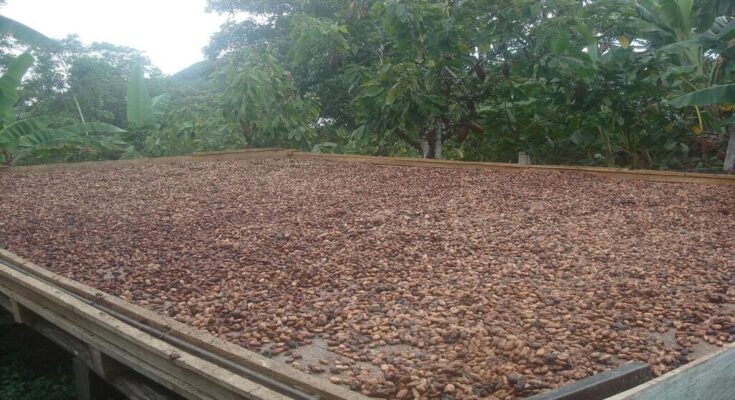
Climate change is putting a strain on rainforests, where cocoa beans, the key ingredient in chocolate, are grown. However, chocolate lovers shouldn’t worry just yet. Companies and researchers are exploring new methods to grow cocoa or even develop substitutes.
Scientists and business leaders are working on producing cocoa in areas far from the tropics, including places like Northern California and Israel.
One company, California Cultured, is using a unique method to grow cocoa. They are growing cocoa from cell cultures in West Sacramento, California. Their process involves placing cocoa bean cells in a container with sugar water, allowing them to grow quickly.
The cells reach maturity within one week, much faster than the traditional six to eight months. This method also uses less water and requires less hard work, according to the company’s CEO, Alan Perlstein. California Cultured plans to start selling its products next year.
Lower supply of cocoa in West Africa and South America and alternative production methods
Cocoa trees thrive in warm, rainy regions, such as West Africa and South America, within 20 degrees of the equator. However, climate change threatens these areas with increased heat and drying conditions.
To tackle this challenge, scientists, entrepreneurs, and chocolate enthusiasts are exploring ways to grow cocoa that is more resilient and resistant to pests. They are also developing cocoa alternatives with a chocolatey flavor to meet rising demand.
Cocoa can be made in laboratories says Alan Perlstein, CEO of the startup California Cultured. He believes it is possible to grow chocolate without exploitative practices. pic.twitter.com/VsCqo62aSC
— HKeye (@HKeye_) September 2, 2024
The chocolate market is enormous, with US sales surpassing $25.9 billion in 2023, according to the National Confectioners Association. Many entrepreneurs believe that demand for chocolate will outpace the supply of cocoa.
To address this, companies are working on boosting cocoa production through cell-based methods or creating alternatives made from ingredients like oats and carob. These alternatives are roasted and flavored to mimic the taste of chocolate in products like chips or fillings.
Price of cocoa increased earlier in 2024
Cocoa prices rose sharply earlier this year due to increased demand and crop issues in West Africa, where most of the world’s cocoa comes from. Problems such as plant diseases and changing weather patterns have made it harder to produce cocoa in the region.
As a result, there is growing interest in lab-grown cocoa and substitutes that can replicate the taste of chocolate. These alternatives are being explored to ensure a stable supply and keep up with the rising demand for chocolate.
Carla D. Martin, who leads the Fine Cacao and Chocolate Institute and teaches at Harvard University, pointed out that these challenges make it appealing for companies to look for ways to replace traditional cocoa with new options.



